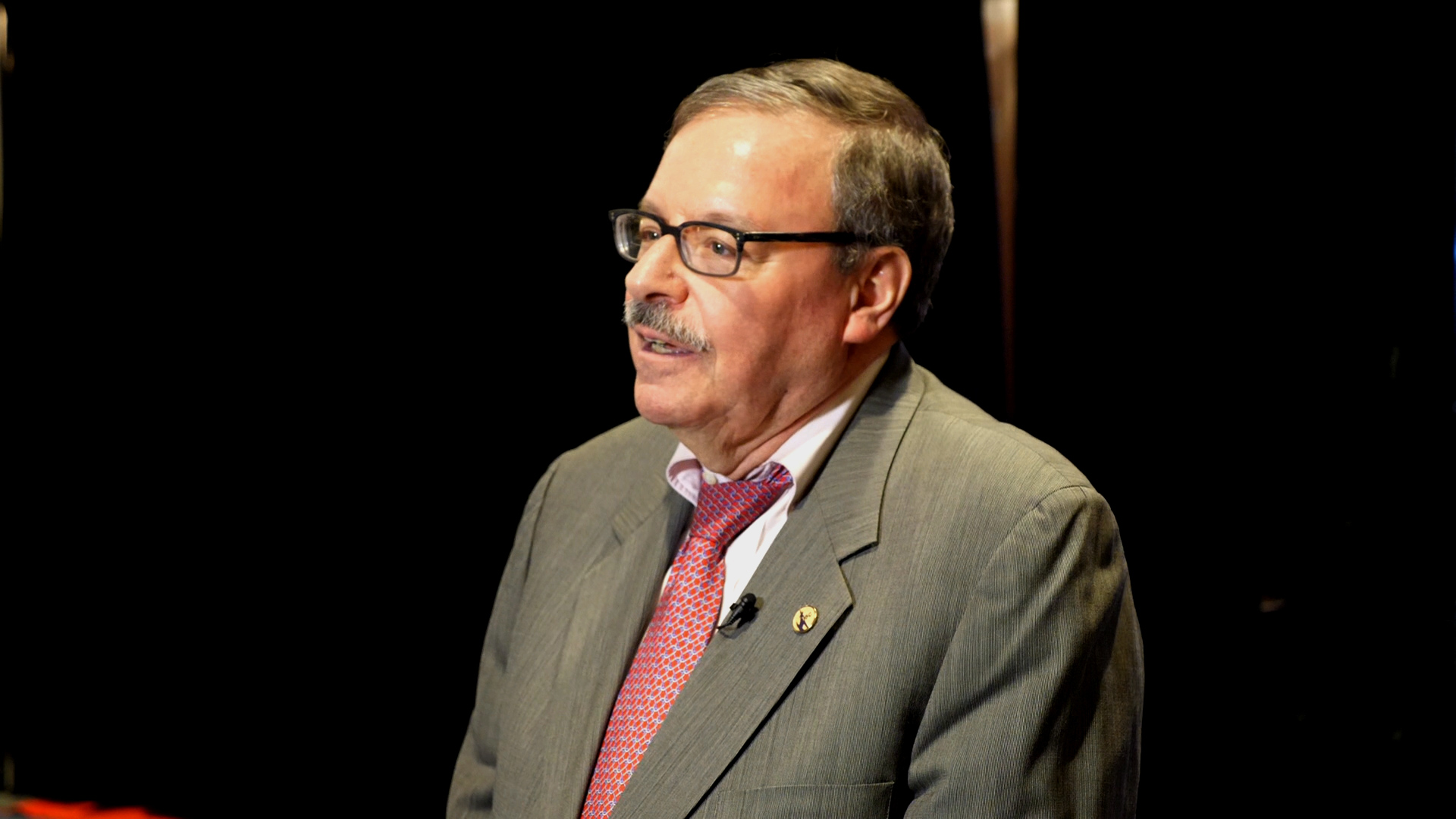
Judge Andrew J. Peck
BY:
Catarina Conti
Legal Analyst
Project Counsel Media
12 August 2019 (Paris, France) – To most of our readers, Judge Andrew J. Peck needs no introduction. But for many of our new readers … and I will keep this very brief … Judge Peck was one of the most illustrious United States Magistrate Judges to grace the judiciary, at the forefront on discovery practice issues. He wrote many of the leading cases in that regard. After his retirement from the bench he joined DLA Piper as senior counsel in the New York office.
In 2011, he was invited to give a talk at the inaugural Carmel Valley eDiscovery Retreat about electronic searches and, during his research for that talk, he learned more about the process that would be called predictive coding, or technology-assisted review. In the audience was Chris Dale who suggested that he write a piece that pulled all of that information together for the e-discovery industry. That resulted in “Search, Forward,” an article that appeared in the October 2011 issue of Law Technology News about how predictive coding was superior to traditional keyword searches.
Shortly after his article ran, Da Silva Moore v. Publicis Groupe & MSLGroup hit his desk and the rest is history: he would issue the first U.S. Federal court opinion to adopt the use of automated coding, ordering the parties to adopt a protocol for e-discovery that included the use of predictive coding.
We had an 45 minute chat with Judge Peck earlier this year at Legaltech in New York. We tried to edit it … difficult because the knowledge and wisdom did not stop … but we thought this 14 minute “clip” was a good compromise.
In the clip below, Judge Peck puts us into the Waaaay Back Machine … to the 1990s … starting with that technological wonder, the Post-It Note, and then outlining the slow introduction of email and other forms of electronic data entering into the litigation fray, with the development of “key word” search, which was in a way the first legal technology in the age of electronic e-discovery. But it was primitive and done poorly so he would issue an opinion on “how to do it right”.
It would lead to technology-assisted review (“a technology not without controversy”), which would become a major tool in the e-discovery practitioner’s toolkit, but would not lead “to a floodgate of adoption” (the Judge explains why in the interview).
And also reiterates the Federal Judiciary’s “RULE #1” (“make the whole process speedy and less expensive”), and a few comments on his transition to private practice.
Enjoy: